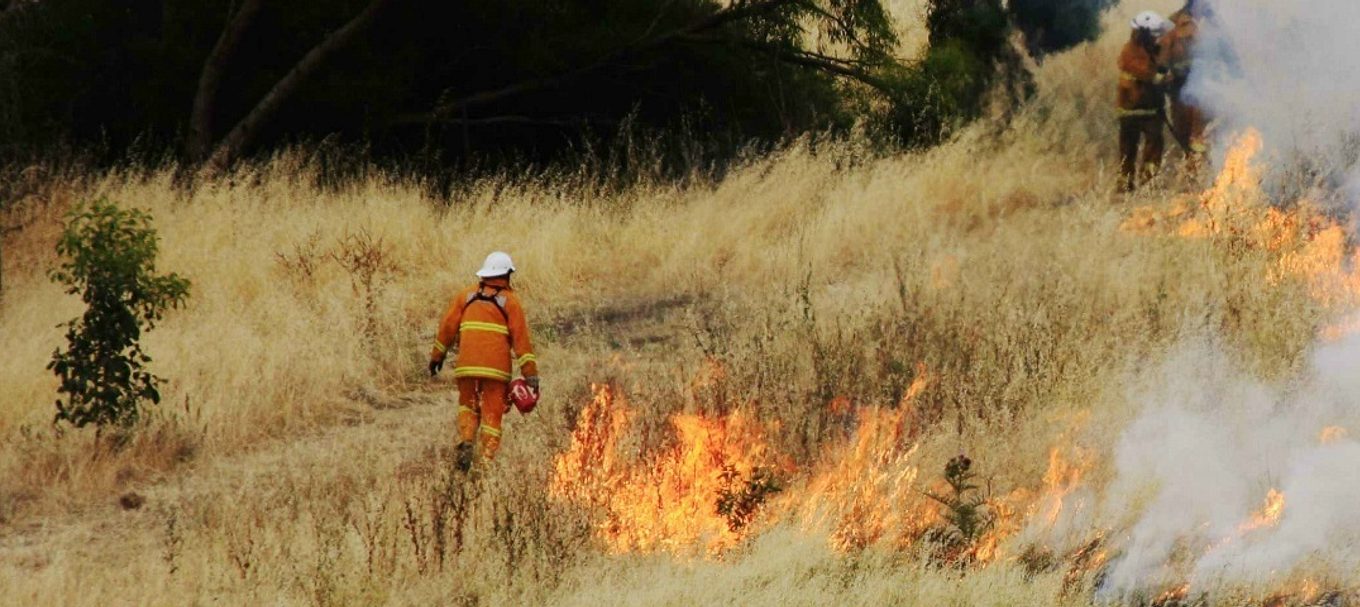
The science behind planned burns
Let’s look at the ‘who’ first. A small burn covering a few hectares may take only 30 minutes and involve a handful of fire fighters.
However, for burns of hundreds or even thousands of hectares we might call in up to 70 fire fighters plus support staff to handle logistics, planning, traffic control and airborne activities.
Anyone in the immediate area of a burn must be a trained firefighter, irrespective of their role on the day.
Away from the scene are the specialists in fire behaviour who are as valuable to us during a planned burn as they are to the CFS when a bushfire is raging.
Things always start quite simply – and with just a match.
Irrespective of how big an area we’re dealing with, we light a small test burn to check the burning conditions.
If things aren’t right, we stop there. If they are, our firefighters walk around the area with ‘drip torches’ that, as the name implies, drip fuel onto the ground to ignite the forest vegetation.
For larger burns we might use a ‘flame thrower’ mounted on the back of a vehicle, an aerial drip torch suspended below a helicopter, or special delayed incendiary capsules that are dropped from the air and ignite at a set time.
Once a fire takes hold we treat it with the same respect that we would a bushfire, but because we started it we have greater control.
The lighting up is planned so that only a low to moderate flame is maintained, and burning ‘into the wind’ and ‘down the slope’ helps keep the intensity down. This is unlike a bushfire, which will travel uphill and with the wind with speed and intensity.
A well-planned burn is timed so that cooling temperature and increasing humidity at the end of the day will mean the fire goes out, but there’s quite a bit of science to getting that right. As the aim with a planned burn is to burn a designated area, we don’t want it to go out too quickly.
We consider a burn area to be safe when no smouldering material is found within it or around it, though even at this stage we keep a close eye on things.
Many people don’t realise that we don’t physically fence off an area after a planned burn, but we do ask the public to keep away while there are still fire fighters on patrol.
In the next post we’ll look at "Recovery after a planned burn". For a recap of the how and why of planned burns check out last week’s post .
More information on fire management is available on our website. You can also subscribe to receive regular fire management information.





